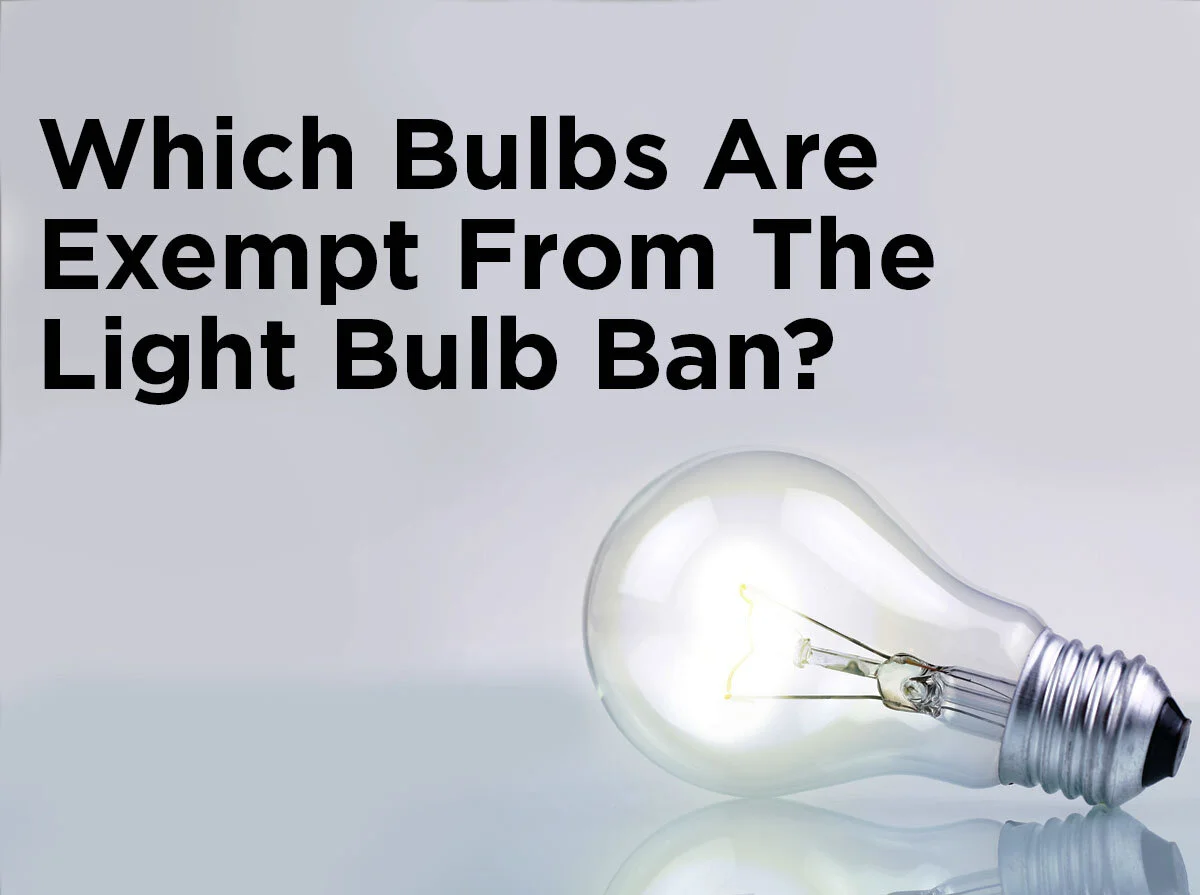Do Energy Efficient Light Bulbs Save Money?
Let’s face it. As lighting efficacy standards continue to change, traditional incandescent bulbs are struggling to keep up. While incandescent bulbs themselves are not being outlawed, they are being made to abide by the guidelines of the Energy Independence and Security Act (EISA) of 2007. This congressional mandate states that light bulbs now need to use 25 percent less energy. According to the U.S. Department of Energy, U.S. households could save nearly $6 billion on energy costs in the year 2015 by following these standards alone. In this post, we’ll show you why making the switch to energy-efficient lighting is worth considering and how it can save you money!
LEDs and CFLs
For over a century, incandescent light bulbs have been the go-to lighting source for household fixtures. Their inexpensive price tag and classic shape have made many people hesitant to give unfamiliar bulbs like LEDs (light emitting diodes) and CFLs (compact fluorescent lamps) a try. However, these bulb types not only meet EISA requirements, but will produce the same amount of lumens (brightness) for less wattage and, therefore, consume less electricity.
CFLs are simply smaller versions of the fluorescent tubes you see in businesses and warehouses. Typically, a CFL uses about one-fourth of the wattage of a comparable incandescent and uses 85 percent less energy to illuminate itself. CFLs can also last up to ten times longer than a standard incandescent with a 1,000 hour lifespan. Some of you may be put off by using this twisty light in fixtures with an exposed bulb, but don’t worry! CFLs now come in a variety of shapes, including the classic A-shape of an incandescent.
LED bulbs are becoming increasingly popular for their low energy use in everything from residential lighting applications to street lighting. These lamps not only use up to 85 percent less energy, but can last anywhere from 25 to 30 years because they have no filament to burn out. Although current LEDs on the market tend to be on the pricey side, they will eventually make up for their initial cost in annual energy savings.
“How Much Money Will I Save?”
So, how much money can you save by switching to energy-efficient light bulbs? It all depends on how much your utility company charges you per Kilowatt hour (kWh) and the wattage of your bulbs. By following a simple formula, you can compare what your current bulbs and energy-saving alternatives would cost you annually.
Let’s say you have 40 light bulb sockets in your home all using 60-watt incandescent light bulbs. Let’s also assume that you use 2,000 hours of electricity from these fixtures annually and that your utility company charges you $0.11 per Kilowatt hour.
40 (Number of Bulbs) x 60 (Wattage of Bulbs) = 2400 Watts (Total Wattage)
2400 (Total Wattage) / 1000 = 2.4 Kilowatts
2.4 (Kilowatts) x 2000 (Hours of Usage Annually) = 4800 Kilowatt/Hr
4800 (Kilowatt/Hr) x $0.11 (Cost of Energy per kWh) = $528.00 per year
Now, let’s say you are planning to switch your original bulbs out with 14-watt CFL bulbs that are 60-watt incandescent equivalents. Using the same information, such as the hours of usage and the amount you are charged per Kilowatt hour, it would look something like this:
40 (Number of Bulbs) x 14 (Wattage of Bulbs) = 560 Watts
560 (Total Wattage) / 1000 = 0.56 Kilowatts
0.56 (Kilowatts) x 2000 (Hours of Usage Annually) = 1120 Kilowatt/Hr
1120 (Kilowatt/Hr) x $0.11 (Cost of Energy per kWh) = $123.20 per year
As you can see, the annual cost of running incandescent bulbs ($528) compared to an energy-efficient alternative ($123.20) can be substantial. Also, because incandescent bulbs have a much shorter life than CFLs and LEDs, replacing them will only add to your annual energy costs. While replacing all of your incandescent bulbs with these energy-savers might cost you more initially, the amount of money you save on your energy bills over time will more than make up the difference!
If you have any questions about our selection of energy-efficient lighting, leave us a comment or connect with us on Facebook or Twitter!









